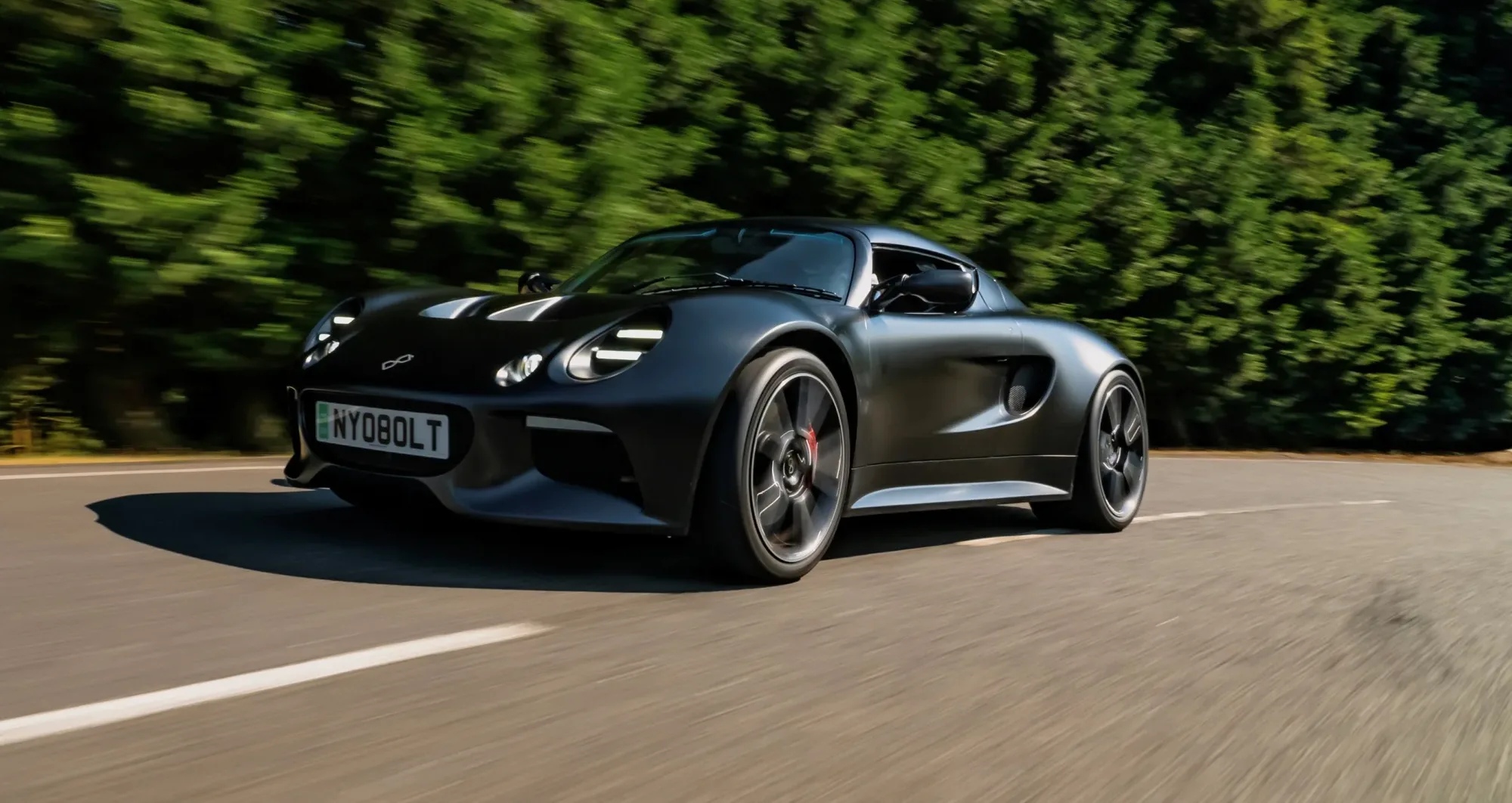
The automotive industry is evolving faster than ever, driven by cutting-edge technology and changing consumer expectations. In 2025, cars are no longer just a means of transportation — they are smart, connected machines built for safety, sustainability, and convenience.
This article explores the top automotive technology trends transforming the way we drive and interact with vehicles today.
1. Electric Powertrains Go Mainstream
Electric vehicles (EVs) continue to dominate the global tech conversation. In 2025, EV sales are projected to make up nearly 25% of all new car purchases. With improved battery efficiency, faster charging infrastructure, and longer range, electric mobility is becoming a realistic option for millions of drivers.
Automakers are investing heavily in solid-state battery technology, which offers higher energy density, faster charging, and enhanced safety compared to traditional lithium-ion batteries. Brands like Toyota, BMW, and Ford are already testing or planning production of models with this next-generation battery solution.
2. Connected Cars and the Internet of Vehicles (IoV)
Vehicles are now more connected than ever. Through integrated cellular, Wi-Fi, and 5G connectivity, cars can communicate with infrastructure, other vehicles, and cloud platforms in real-time. This is the foundation of the Internet of Vehicles (IoV) — a digital network that improves safety, traffic management, and driving efficiency.
In 2025, connected car features include:
- Real-time traffic and weather updates
- Remote diagnostics and vehicle monitoring
- Vehicle-to-vehicle (V2V) and vehicle-to-infrastructure (V2I) communication
- In-car voice assistants and personalised infotainment systems
3. Advanced Driver Assistance Systems (ADAS)
Safety continues to be a core focus of automotive innovation. ADAS technologies are helping reduce accidents and save lives by assisting — and in some cases replacing — the driver’s actions. In 2025, these features are increasingly standard even in mid-range cars.
Common ADAS features include:
- Adaptive cruise control
- Lane departure warning
- Automatic emergency braking
- Blind-spot monitoring
- Traffic sign recognition
Some automakers have introduced Level 3 autonomous driving, where the car can manage most driving tasks under certain conditions, with the driver required to intervene if needed.
4. Over-the-Air (OTA) Software Updates
In the past, vehicle upgrades required dealership visits. Today, OTA software updates allow manufacturers to fix bugs, enhance performance, and even introduce new features remotely.
Tesla pioneered this technology, but now traditional automakers like Volkswagen, Ford, and GM offer similar capabilities. This trend turns vehicles into updatable digital platforms, improving long-term vehicle value and customer experience.
5. Artificial Intelligence and Predictive Systems
AI plays a growing role in modern automotive systems. From predictive maintenance alerts to AI-powered navigation, vehicles are learning user behavior to optimize performance and convenience.
Voice assistants, such as Amazon Alexa and Google Assistant, are being integrated into infotainment systems to support hands-free control of music, navigation, phone calls, and even smart home devices.
6. Sustainability Beyond the Powertrain
Sustainability isn’t just about reducing emissions. In 2025, automakers are focusing on eco-friendly materials, recycled components, and sustainable manufacturing processes. Companies like BMW and Volvo are using vegan leather, recycled plastics, and aluminium from green sources in their new models.
7. Enhanced In-Car Experience
Comfort and customisation are now major selling points. Touchscreen displays, augmented reality dashboards, ambient lighting, and customisable climate zones are reshaping the in-car environment.
In luxury segments, automakers are experimenting with in-car entertainment systems, gesture control, and even autonomous driving lounge modes, where passengers can recline and relax while the car drives itself.
Conclusion
From electric mobility to artificial intelligence, the latest automotive technology trends are reshaping how we drive, travel, and interact with our vehicles. The car of 2025 is more than a machine — it’s a smart, adaptive, and eco-conscious companion on the road. As innovation accelerates, staying informed on these trends is key for consumers, developers, and investors alike.
